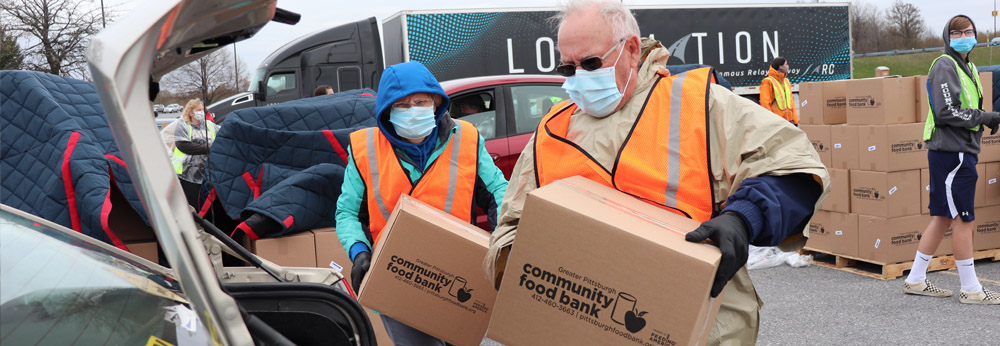A growing number of families across 11 counties of southwestern Pennsylvania struggle to make ends meet. We’re here to help ensure having enough food is one less worry.
The Food Bank serves communities across the three rivers region.
Make an immediate impact.
With your support, we bridge communities and resources throughout southwestern Pennsylvania to help neighbors overcome food insecurity and lead happy, healthy lives.
